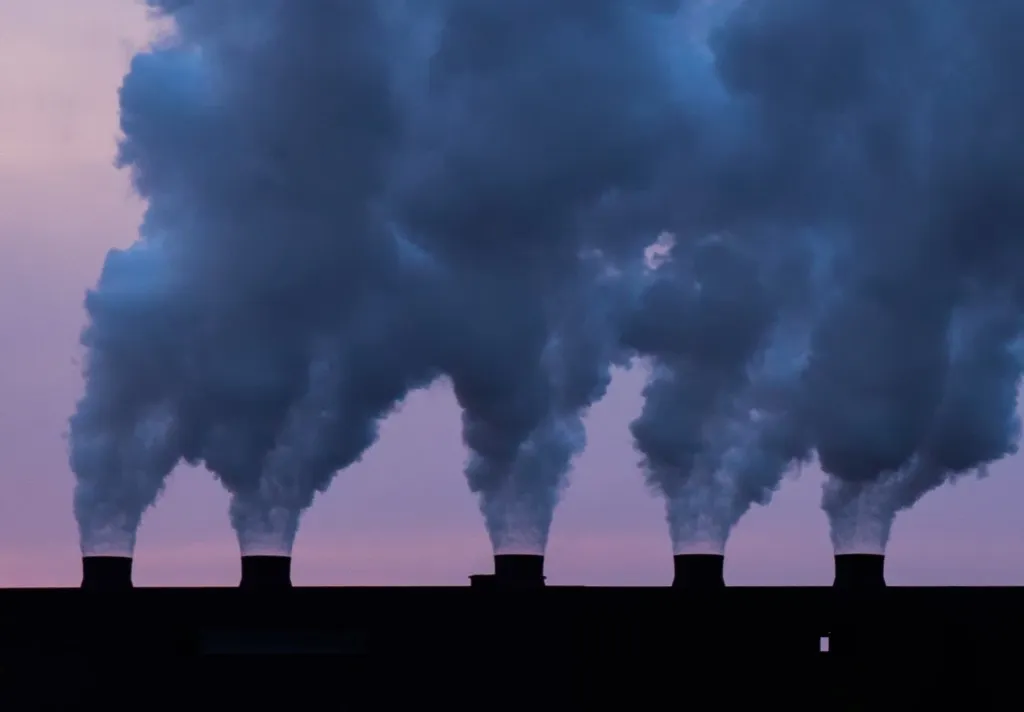The United Nations Environment Programme (UNEP) launched the 13th edition of the Emissions Gap Report 2022 ahead of COP27. It was titled ‘The Closing Window: Climate Crisis Calls for Rapid Transformation of Societies.’
The report seeks to assess the gap between the anticipated emissions by 2030 and levels consistent with the 1.5°C and 2°C targets of the Paris Agreement.
Read more: Emissions Gap Report 2022
Findings
- G20 members are responsible for 75% of global greenhouse gas emissions, exceeding pre-pandemic levels.
- The top seven emitters (China, the EU27, India, Indonesia, Brazil, Russia, and the USA) along with global transport accounted for 55% of GHG emissions.
- The global average per capita GHG emissions was 6.3 tonnes of CO2 equivalent in 2020.
- India falls below the world average at 2.4 tonnes of CO2 emissions.
- The world is falling short of the goals set in the Paris Agreement of 2015, with no credible pathway to maintain the limit of 1.5°C.
Read more: The Emissions Gap Report 2022 | NewClimate Institute

RECOMMENDATIONS
- There needs to be a reduction in greenhouse gases on an unprecedented level over the next eight years.
- Need for alternative technology in heavy industry to reverse the rise in the carbon intensity of global steel production.
- Unconditional and conditional NDCs (Nationally Determined Contributions) are expected to reduce global emissions by 5% and 10% respectively by the end of the decade when put in comparison to existing policies.
- In order to be on the most cost-effective path to limiting global warming to 2°C or 1.5°C, these expected targets much reach 30% and 45%.

According to the report, national pledges taken by countries globally at COP26 have made negligible differences in coping with GHG emissions. These pledges will only reduce emissions by 1% by 2030. With the existing policies, global temperature is expected to rise by 2.8°C by the end of this century.
The report also emphasized the transformation of the food system industry keeping track of its emissions. New Zealand has recently put a plan in place to tax agricultural emissions, from livestock and waste. Emissions such as nitrous oxide, methane, and carbon from livestock need attention. Particularly, as New Zealand is also one of the world’s largest exporters of meat and dairy.
Support us to keep independent environmental journalism alive in India.
Keep Reading
Part 1: Cloudburst in Ganderbal’s Padabal village & unfulfilled promises
India braces for intense 2024 monsoon amid recent deadly weather trends
Follow Ground Report on X, Instagram and Facebook for environmental and underreported stories from the margins. Give us feedback on our email id greport2018@gmail.com.
Don’t forget to Subscribe to our weekly newsletter, Join our community on WhatsApp, and Follow our YouTube Channel for video stories.









